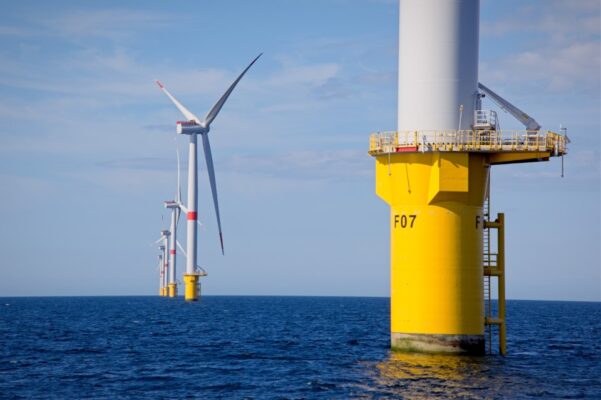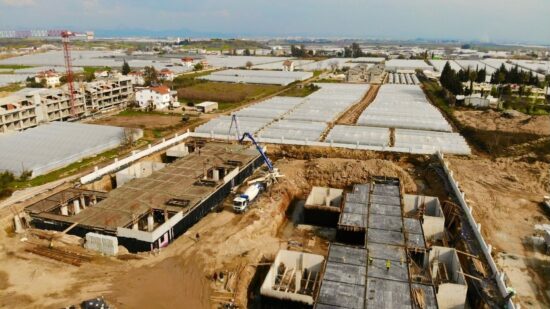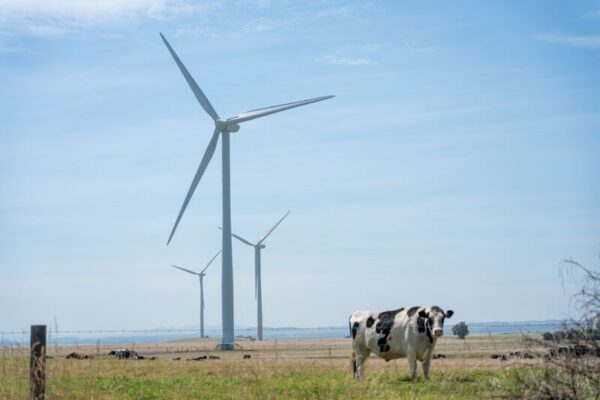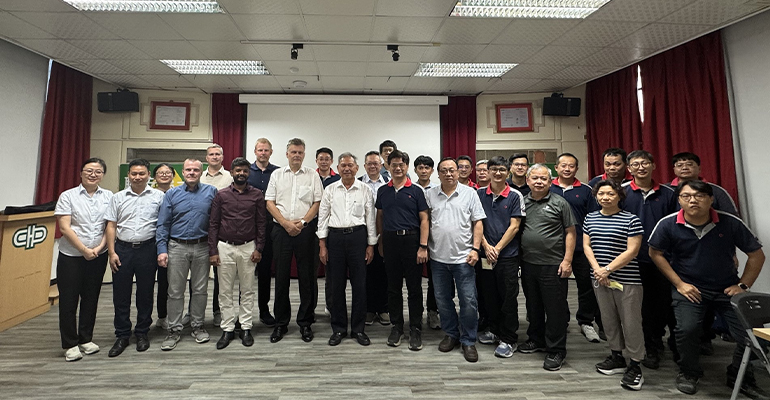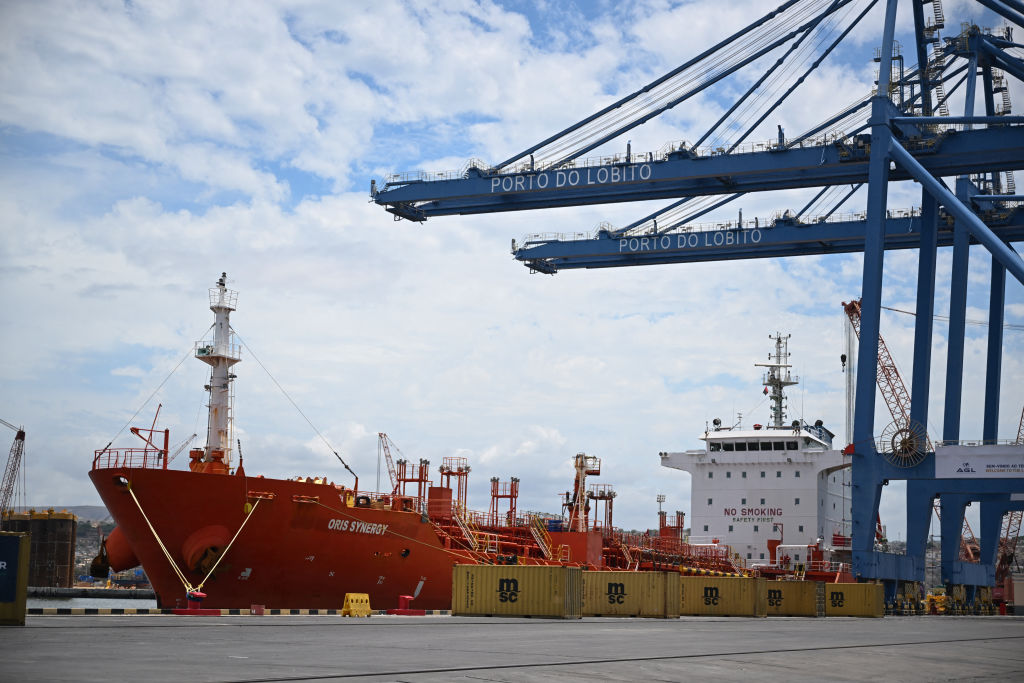Naval Research Hydrogen Tech Goes Tactical
Naval Research Hydrogen Tech Goes Tactical By Nicholas E. M. Pasquini, U.S. Naval Research Laboratory Corporate Communications WASHINGTON, D.C. – U.S. Naval Research Laboratory (NRL) has prototyped a Hydrogen Small Unit […] The post Naval Research Hydrogen Tech Goes Tactical appeared first on Hydrogen Central.

Naval Research Hydrogen Tech Goes Tactical
By Nicholas E. M. Pasquini, U.S. Naval Research Laboratory Corporate Communications
WASHINGTON, D.C. – U.S. Naval Research Laboratory (NRL) has prototyped a Hydrogen Small Unit Power (H-SUP) system to reduce detectability and improve readiness of Marine Corps in expeditionary warfare operations.
NRL’s H-SUP is a portable fuel cell electric generator with greater energy per weight than batteries and lower audible and thermal signatures than combustion generators.
NRL Principal Investigator Kevin Cronin, said:
This is more than a power system. It’s a capability that supports distributed operations and extends mission range. That’s strategic value,
“At NRL, we champion long-term modernization while working hand in glove with end-users across the services. Our investment today with the Marines in low-signature power intends to shape the future of how Marines fight – more independently, more efficiently, and with less logistical burden.”
The use of hydrogen in key applications can lead to increased electrical efficiency and energy density, increased operational range, reduced thermal and audible signature, and reduced maintenance requirements; ultimately increasing lethality of the force and decreasing logistical sustainment requirements.
Capt. Joshua Ashley, U.S. Marine Corps, Expeditionary Energy Office (E2O) Science and Technology Analyst, said:
Warfighter feedback is a critical component of the technology development process and will be used to inform requirement definition and future research and development activities,
“The E2O serves as the link between the warfighter and the lab, providing feedback to refine the system and accelerate acquisition.”
The Marine Corps established the E2O to conduct research and development in technologies, which can be the difference between mission success and failure, while reducing energy consumption with the goal of increasing reach, persistence, and lethality. E2O works closely with the combat and technology development communities and serves as the proponent for Expeditionary Energy in the force development process.
Ashley, said:
H-SUP isn’t just innovative – it increases lethality by keeping us powered and hard to find,
“We ensure this technology meets the needs of Marines on the ground – quiet, efficient, and reliable power that supports expeditionary operations.”
By evaluating H-SUP in operational scenarios, the team is reducing risk and accelerating requirements development of technology that increases endurance and improves the autonomy of small units.
H-SUP was field tested at Marine Corps Base Camp Lejeune in July 2022, Marine Corps Air Station Yuma in February 2025, Marine Corps Training Area Bellows in March 2025, an Army event at Fort Polk with the 101st Airborne in May 2025, and most recently at Marine Corps Air Ground Combat Center Twentynine Palms in May 2025.
Cronin, said:
Our mission at NRL is to advance science that solves today’s problems while anticipating tomorrow’s threats,
“Hydrogen fuel cells fit both categories.”
NRL and E2O are translating feedback from Marines to refine the system for usability, survivability, and integration. This leads to adoption, not just prototypes.
Cronin, said:
My role at NRL is to turn advanced science into operational capability,
“We built H-SUP not just to work in the lab, but to serve Marines in the field. Through collaboration with partners and direct feedback from users, we’re pushing this from prototype to practical.”
The fuel cell system in H-SUP was originally developed for use in unmanned vehicles. The high specific energy content of hydrogen enables increased range and endurance for those systems. This has been demonstrated in the Naval Air Warfare Center Aircraft Division’s H2 Stalker program, where this same fuel cell was integrated into the Stalker VXE30.
H2 Stalker provides greater combined power and energy to weight than alternate Stalker VXE30 configurations, enabling improved range, endurance, and dash metrics compared to the baseline VXE30. H2 Stalker successfully completed multiple flight tests and demonstrations in various environmental conditions.
Cronin, said:
We’re pushing technology into the hands of warfighters through real partnerships with industry and acquisition commands,
“In addition, the fuel cell in the H-SUP can also be used to power unmanned aerial vehicles to extend mission endurance. Lastly, fuel cells can support multiple aspects of the U.S. Marine Corps concept of Expeditionary Advanced Base Operations.”
NRL has developed fuel cell technology and the H-SUP system with sponsorship from the Office of Naval Research, Office of the Secretary of Defense Manufacturing Science and Technology Program, Naval Air Systems Command, and the USMC E2O; in addition to collaboration with industry partners, Northwest UAV and Noble Gas Systems.
READ the latest news shaping the hydrogen market at Hydrogen Central
Naval Research Hydrogen Tech Goes Tactical, source
The post Naval Research Hydrogen Tech Goes Tactical appeared first on Hydrogen Central.
What's Your Reaction?




















